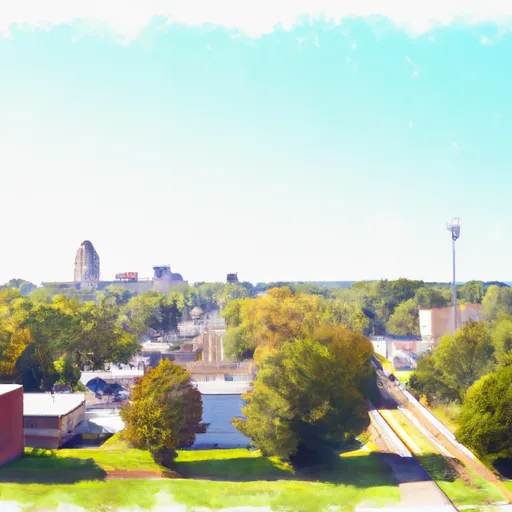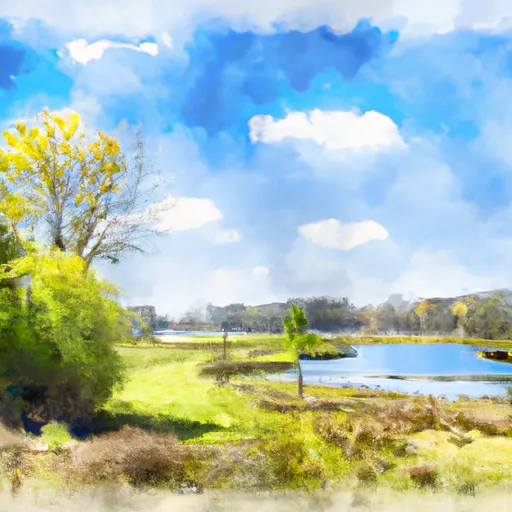°F
°F
mph
Windspeed
%
Humidity











Located in southwestern Ohio, North Bend experiences a humid continental climate characterized by hot, humid summers and cold winters. Summers are typically warm with average temperatures ranging from the mid-70s to low 80s Fahrenheit, while winter temperatures average in the mid-30s. Precipitation is evenly distributed throughout the year, with occasional snowfall in winter.
North Bend is nestled along the Ohio River, providing access to various hydrology constituents. The river offers opportunities for boating, fishing, and other water-based activities. Additionally, the region features several creeks and streams, adding to the picturesque landscape.
Outdoor enthusiasts can explore the numerous recreational opportunities in North Bend. The area boasts several parks, such as North Bend State Park and Miami Whitewater Forest, offering hiking and biking trails, picnic areas, and camping facilities. The nearby Shawnee Lookout Park provides breathtaking views of the Ohio River Valley, making it a popular spot for nature lovers and photographers.
Weather Forecast
North-Bend receives approximately 1193mm of rain per year, with humidity levels near 81% and air temperatures averaging around 13°C. North-Bend has a plant hardyness factor of 6, meaning plants and agriculture in this region thrive during a short period during spring and early summer. Most plants will die off during the colder winter months.
Regional Streamflow Levels
156
Cubic Feet Per Second
56
Cubic Feet Per Second
939
Cubic Feet Per Second
291
Cubic Feet Per Second
Nearby Camping
| Camping Area | Reservations | Toilets | Showers |
|---|---|---|---|
| Boat Ramp - Elmer Davis Lake - DFWR | |||
| Cumberland Point - Lake Cumberland | |||
| Boltz Lake Ramp - DFWR | |||
| Fall Creek - Lake Cumberland | |||
| Big Bone Lick State Park | |||
| Fishing Creek - Lake Cumberland |



